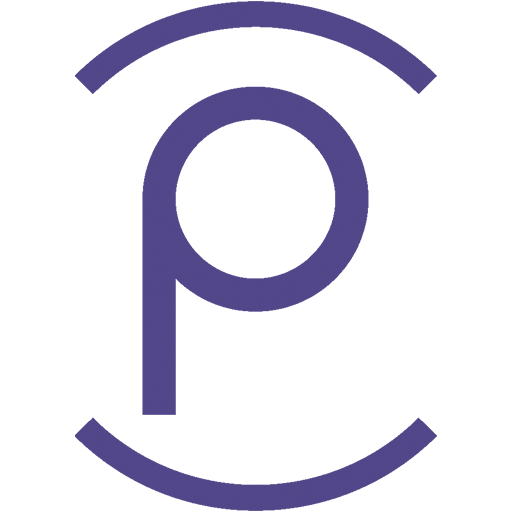HR and Internal Communications to Join Forces in 2020
Ann Barlow and Courtney Ellul from Peppercomm shine a spotlight on some of the top internal communications trends for 2020. This article was also published on HR.com.
2020 is the year HR professionals and internal communicators will join forces in a more meaningful way. What’s driving this? A real need and common goals to help employees flourish and support the business in achieving its goals. Business transformation is perhaps the greatest challenge facing organizations today – and leading employees through to this new future of work is paramount. Internal Comms and HR professionals recognize they can no longer navigate the sea change alone. They understand that by doubling down on their shared goals they’ll have greater success enhancing the employee experience and creating a thriving culture and business.
Here are the areas where we will see the greatest cooperation between Internal Communications and Human Resources in 2020:
1. Addressing the entire employee experience. HR and internal communications professionals will focus their efforts this year on the complete ‘employee experience’ versus the long-heralded ‘employee engagement.’ Employee experience looks at the whole individual while engagement focuses on the output the organization is looking to achieve from the individual (eg., greater productivity).
What this means for IC and HR: IC and HR professionals will need to work more collaboratively than ever to support employees and help them connect, grow and be part of a larger purpose, while balancing practical business issues and needs. IC professionals have a critical role to play in improving the employee experience by effectively communicating essential information to employees (and also receiving feedback) at pivotal moments – from on-boarding and re-boarding to adapting to organizational change.
2. Embracing comms tech to better connect with and empower employees. The continued evolution of comms tech presents an opportunity for leadership to effectively engage in regular two-way communication with employees. It also opens doors for other enterprise-wide benefits, such as improved learning and development opportunities with VR-based learning and AR-based gamification, and greater collaboration between departments and divisions.
What this means for IC and HR: Typifying a need for greater collaboration throughout the enterprise, IC, HR and IT are coming together to solve fundamental business challenges. This includes how to more effectively communicate with a changing workforce and upskill them for the future of work. Strategic communications is becoming the connective tissue between these disciplines – other departments should take note.
3. Facilitating meaningful “side-by-side” exchanges between leaders and employees. This means going beyond the occasional site visit for leaders toward a willingness to roll up sleeves and work through important initiatives together. This movement is both creating and requiring rigid hierarchies to be broken down in favor of more fluid teams, where the leader isn’t always the one with the title.
What this means for IC and HR: IC and HR professionals have a critical role to play in facilitating these side-by-side exchanges, whether it is an informal gathering, ideation/collaboration session or more formal town hall meeting. They also have an opportunity and responsibility to share meaningful feedback to leaders on what’s working and what may need a lift, and offering solutions to continually improve two-way dialogue at the organization.Through a partnership between HR and Comms, one of our B2B clients has implemented a highly effective two-way change-management process. It includes providing guidance, training, and tools for leaders so they can build more listening and empowerment skills. This has helped strengthen the company culture, improve the employee experience and support the business.
4. Prioritizing employee health and wellness. The World Health Organization reports that mental disorder affects one in four people, and estimates that lost productivity due to depression and anxiety costs the global economy US $1 trillion annually. Organizations are paying attention to this and, in 2020, will invest in solutions that better support employees’ total well-being. Lauren Berkemeyer, VP, Marketing, LifeWorks, said, “Organizations are waking up to the fact that in order to attract and retain top talent, they need to continually invest in their workers’ wellbeing. This includes all aspects of an individual’s health, including family, financial and workplace.”
What this means for IC and HR: Internal communicators will be responsible for partnering with HR to champion these programs, communicate their benefits and ensure they are understood. Both IC and HR will also play a critical role in delivering feedback to the enterprise on the program’s success.
5. Collaborating to measure impact and adapt accordingly. While a connected, integrated workforce is more important than ever, the complexity of a changing workforce composition also makes success especially more challenging. If a program or tool isn’t fostering essential connections among employees and between employees and leadership, rapid adjustments – and the flexibility to make those adjustments – is essential.
What this means for IC and HR: Given their potential to drive organizational efforts toward transformation, IC and HR leaders need to rapidly and continually understand the effectiveness of their actions. If they’re willing to share information and collaborate on measurement to truly understand what’s working, the combined data can tell a fuller story about what is having a positive impact on the organization.


